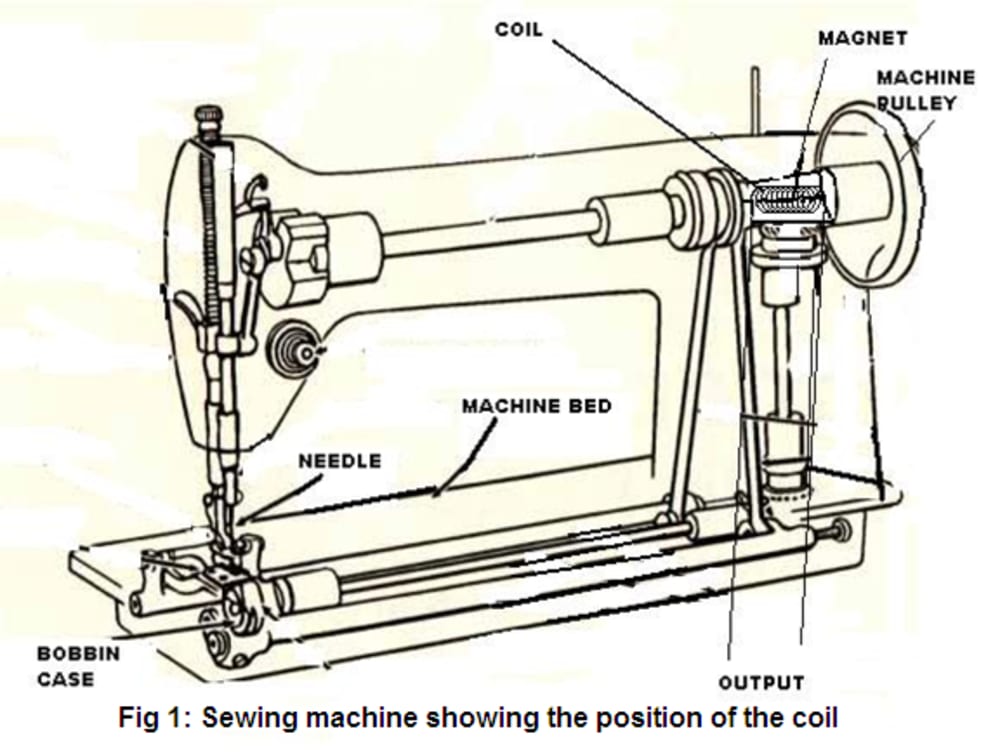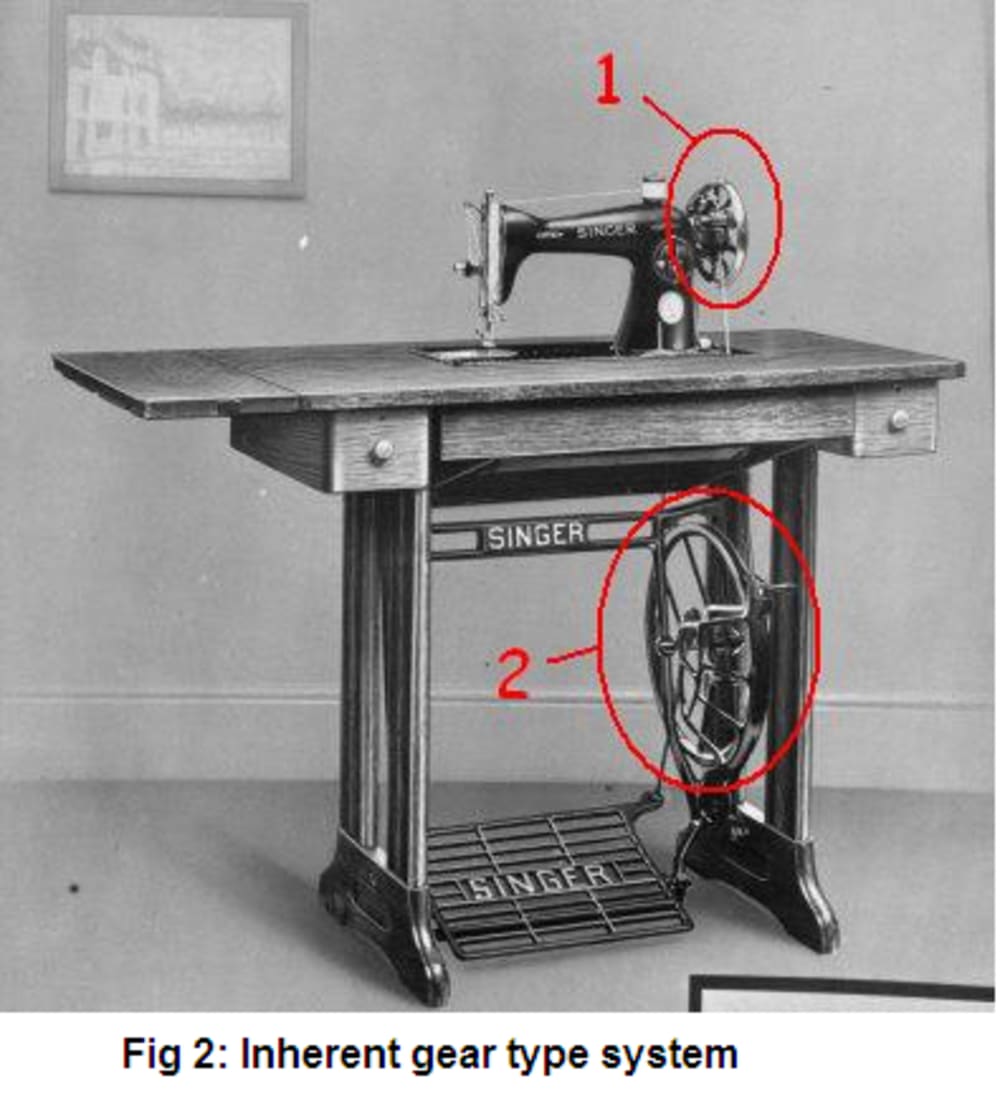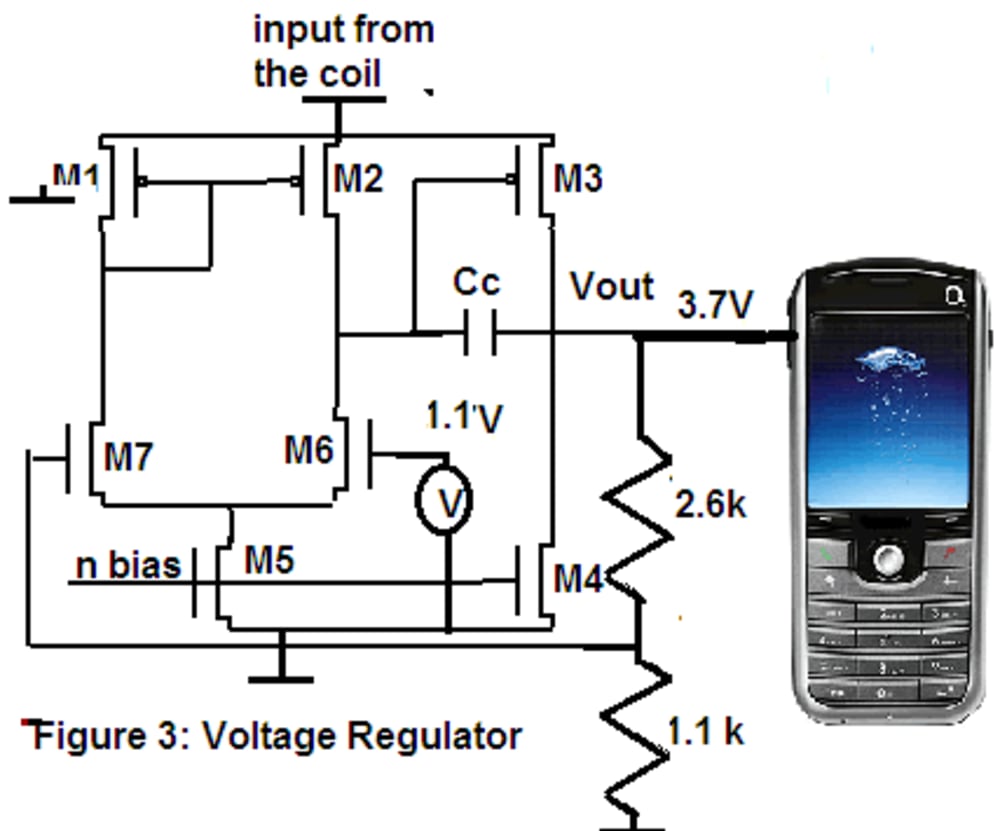I was walking through a street one late evening when I noticed a tailor in the street. The mechanical energy available at the machine can be converted into electrical energy without disturbing the regular work of the tailor and also with the minor modification in the existing machine. The energy generated from the day’s work could be stored in batteries and used in the nights or even to charge mobile.
Using electromagnetic principles we can achieve this target provided we are not hampering the tailor. In this work we have placed magnet on the shaft which rotates and a coil over it. This will act something like AC generator.We have avoided the direct mechanical contact in dynamo which will reduce the efficiency. We have embedded dynamo in the machine as shown in figure 1. Figure 2 represents the inherent gear system. However the voltage (converted to DC) generated will depends on the speed of rotation of the sewing machine wheel. Voltage regulation can be achieved using the negative feedback. An opamp is placed in negative feedback as shown in figure 3 and 1.1V is the band-gap reference voltage what is intended (in our case its 3.7V).
As seen from the specification,a motor of 500-700W is used to run the sewing machine.Assuming same amount of power is used by human also.With conversion efficiency of 90% ,we have 450-630W required by the machine.Lets say we are able to tap around 0.2% of this power,we have 900-1260mW.This amount of energy is sufficient for charging a mobile phone.
Like this entry?
-
About the Entrant
- Name:Srinithi Srinivasan
- Type of entry:individual
- Hardware used for this entry:electronic components, sewing machineSoftware used for this entry:Matlab
- Patent status:none








